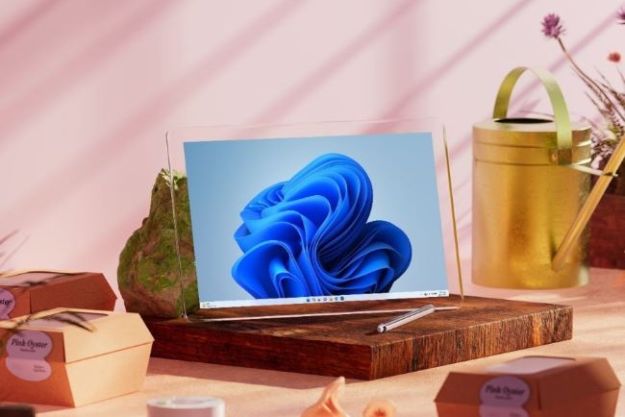The video embedded above uses Actiongram, a tool provided for HoloLens users to create experiences without the need for visual effects experience or 3D skills. The video showcases Microsoft’s dedicated studio for converting real-world creatures, objects, characters, and actors into holograms. In turn, these holograms are inserted into video content, mixing real and virtual together into a fun experience.
“Creators are able to develop their own unique holographic stories, in their world, to express their thoughts, ideas, and delight people,” Kudo Tsunoda, Microsoft’s CVP of Next Gen Experiences in the Windows and Devices group, said in March. “Actiongram allows people to create videos with holograms and advanced visual effects that would normally require expensive software and years of experience to do.”
According to Tsunoda, the Actiongram app was created by a team of five individuals during a six-month time frame. The team set out to create a tool enabling HoloLens owners the ability to create high quality content with virtually no skills, opening the HoloLens doors to storytellers to unfold their experiences using holograms. Additional examples outside the current Mannequin Challenge include an astronaut walking in a bathtub full of bubbles, a thumb war pitting a giant hand against a soldier, and more.
As seen in the Mannequin Challenge video above, the team created a hologram that includes George Takei as he watches one of the Actiongram monitors. Just like the knight and the dragon, the rendering of the Takei hologram isn’t 100-percent smooth as the camera pans the scene. Pause the video and you’ll see his true artificial nature sporting flattened hands and a not-so-natural outline.
Actiongram is currently provided to all HoloLens owners as a beta in the Windows Store. Microsoft opened the doors to its Development Edition version of HoloLens earlier this year, essentially allowing anyone with $3,000 to purchase and use the augmented reality headset. The company has no clue as to when or even if a consumer version will hit the market, but the upcoming VR/AR headsets offered by third-party manufacturers for the Windows 10 Creators Edition is likely what Microsoft had in mind for the general market.
That said, there’s a good chance Actiongram will be one of the apps served up to consumers when the third-party VR/AR headsets go live next spring. Until then, check out all the cool holographic experiences made by owners of the HoloLens Development Edition and Actiongram thus far!
Editors' Recommendations
- How Intel and Microsoft are teaming up to take on Apple
- Apple’s Vision Pro to get bespoke Microsoft 365 apps at launch
- Microsoft just made Paint useful again
- Microsoft just made Outlook a lot easier to use
- Microsoft is removing a Windows app that’s almost 30 years old


